| 
|  | | 
|  |  | 
|  |  | 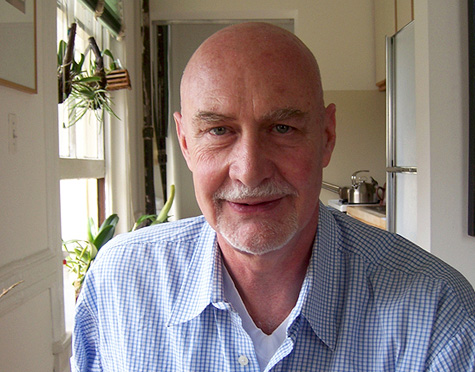
|  | | 
|  |  | 
|  |  | 
|  |  | When I met Douglas Crimp in his apartment in Lower Manhattan in March 2007, it wasn’t my first visit. I’d already been in his bedroom in the textual architecture of his seminal article “The Boys in My Bedroom” published in Art in America in 1990. Written during the high tide of the AIDS crisis in the US, Crimp re-evaluated his understanding of postmodernist art through an anecdote about the “boys in his bedroom”. “Boys” referred not only to the young kids in the pictures on his bedroom wall by Sherrie Levine – appropriating Edward Weston’s photographs of his son – but also to the unnamed men who visited the space. This was the first text I read as an art history student that demonstrated the importance of thinking about subjectivity and sexuality when writing about contemporary art and politics. Taking his bedroom as a point of entry, Crimp questioned the blindness of gender and sexuality in postmodern art discourse, pointing out how “homophobia structures every aspect of our culture”.[1] |  | 
| 
|  |  | I’m not the only one who’s been inspired by Crimp’s “queer pedagogy”, to borrow John Paul Ricco’s description of this particular anecdote.[2] For several years Crimp has taught visual and cultural studies at the University of Rochester, where he’s Fanny Knapp Allen Professor of Art History. Since the 1970s he’s written extensively on postmodernism and representation, sexuality and aesthetics, AIDS activism and queer theory, both during his thirteen years as co-editor of the influential journal October, as well as in publications such as AIDS Demo Graphics (with Adam Rolston, 1990), On the Museum’s Ruins (1993), and Melancholia and Moralism – Essays on AIDS and Queer Politics (2002). |  | 
| 
|  |  | 
In his 2006 article “Back to the Turmoil” in the exhibition catalogue for The Eighth Square. Gender, Life, and Desire in the Art since 1960, Crimp introduced one of his new projects entitled Before Pictures.[3] The title refers to the famous exhibition “Pictures” that he curated at Artist Space in 1977, presenting the early work of Sherrie Levine, Jack Goldstein, Phillip Smith, Troy Brauntuch, and Robert Longo. Two years later he elaborated the discussion of postmodern artistic strategies in an essay with the same title in October, including Cindy Sherman in what was to be known as The Pictures Generation.[4] While his exhibition and article became important for the development of a critical postmodernist art theory in the US, Crimp’s work before “Pictures”, is not so well known. My conversation with Crimp started out with a question on this current project, wondering if it was a memoir he was working on. DC: First of all I should say that Before Pictures is gestating, not fully formed. It comes from various things. One of them is that a number of people have said that it would be interesting for me to write about the 1970s, especially about the gay world at that time. This is a period that has been either repressed – or romanticized – in contemporary discussions, and there’s not very much interesting history about it. That was something that was lurking in the back of my mind. |  | 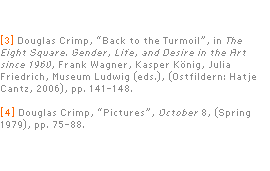
| 
|  |  | I had also begun thinking about autobiographical matters, which I guess is a result of growing older. I initially went back to a moment in my life before the ’70s. I arrived in New York in 1967, and although I had gone to gay bars in New Orleans, where I went to University, I think that the biggest influence on my sense of “how to be queer” was a period of hanging out in the back room of Max’s Kansas City with the people from the Warhol crowd. So I became interested in investigating New York queer culture of the 1960s, the period that preceded my arrival here, for example, the work of underground filmmaker Jack Smith, the beginnings of the Theatre of the Ridiculous, the films of Andy Warhol. This eventually evolved into a book on Warhol’s films, which I’m completing now. It’s tentatively titled Our Kind of Movie. The other thing that got me thinking about writing a memoir was teaching a course on Yvonne Rainer. It was at the time when Yvonne was writing her memoir, published in 2006 as Feelings Are Facts. She writes about her early life, her work as choreographer, and her transition to filmmaking in the early ’70s. I read the memoir in manuscript while planning my course, and I used part of it in my teaching and got Yvonne to come Rochester to give a talk. Yvonne is a good friend, and so I talked with her about how she went about reconstructing and narrativizing her past. Of course, Yvonne kept all sorts of things I don’t have, letters and journals and so on. |  | 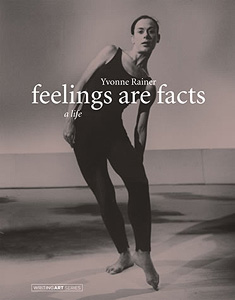
| 
|  |  | The spring after I taught the Rainer course, the Guggenheim Museum mounted a major exhibition of the work of French artist Daniel Buren,[5] and they asked me to give a lecture in conjunction with the show. I worked at the Guggenheim in 1971 when Buren’s piece Peinture-Sculpture was removed from the “Guggenheim International Exhibition”. That created an enormous outcry and, together with the Guggenheim’s cancellation of the Hans Haacke exhibition a few months later, came to be seen as historic art scandals. |  | 
| 
|  |  | 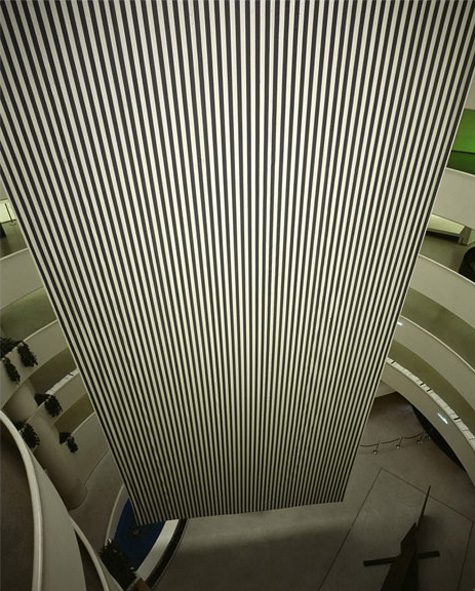
|  | | 
|  |  | 
|  |  | 
|  |  | The Guggenheim, which these many years later wanted to exculpate itself, knew that I was one of the few people who actually saw Buren’s piece, because it was removed just one day after being installed and before the show opened to the public. In addition, I was the curatorial assistant to Dianne Waldman, the curator who was responsible for removing the piece from the show, so I was invited to tell the story of what “really happened”. Of course I couldn’t do that. First of all, I had no documentation. Secondly, I don’t trust my memory – like everyone else, I’ve read a great deal about this event in the meantime. And thirdly, I don’t believe that the “truth” of history lies in a positivist project of reconstructing “what really happened”. I was interested in how memory worked in relation to a historically crucial event. So I wrote the piece that became the first part of this memoir project, and that’s when I decided that I really wanted to do this. If I tell you something about the piece, it might help to describe what I’m trying to do with the project. On the one hand, it’s a kind of cultural history; on the other hand, it’s full of autobiographical details, which I think might add something new to how we think about that moment of culture. But I am also motivated by issues that interest me in the present, the position from which I’m writing. The reason why I’m thinking about certain things that happened in the past and not others is determined by debates in the present that matter to me. The Buren piece turned out to be my take on the current animus toward design, for example in Hal Foster’s book Design and Crime (2002). I juxtaposed the stories of my two first jobs in New York. One was working at the Guggenheim, the other is something people in the art world would not know about: I worked very briefly for the fashion designer Charles James. He was the greatest American couturier in the ’30s, ’40s and ’50s. I was hired to help him organize his papers to write his memoirs, which he never did. If you were in the fashion world and I told you I worked for Charles James, your eyes would pop out of your head. It would be like saying I was working for Balenciaga or Christian Dior. Charles James was the American equivalent of a Balenciaga or a Dior, and in fact both of those designers revered James. He was also revered by people in the art world. My discussion of James focuses ultimately on his decor for a house that Phillip Johnson designed in 1949-50 for Jean and Dominique de Menil, the Houston art patrons (the Menil Collection is one of the great museums of modern art in America). Johnson designed a Miesian-style modernist house, but James created an over-the-top, queeny decor for the interior. It was so extreme that Johnson actually disavowed the house. So this chapter of my memoir is largely about decor and modernism, about what I call “the decorative unconscious” of modernism. |  | | 
|  |  | 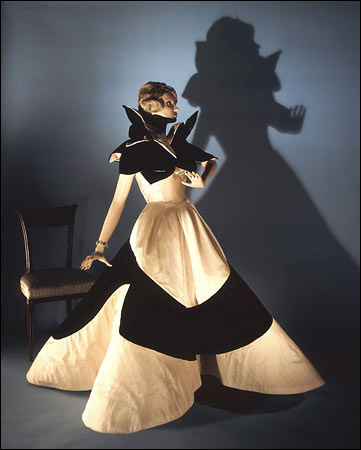
|  | | 
|  |  | 
|  |  | 
|  |  | So what I’m attempting to do is to use these stories about myself as a way of thinking about issues in contemporary art – with a particular emphasis on the queering of art discourse, in this case, unmasking the fear of the feminine, the fear of the effeminate, in high modernist discourse, which is now represented by the journal October. |  | | 
|  |  | 
|  |  |
|



